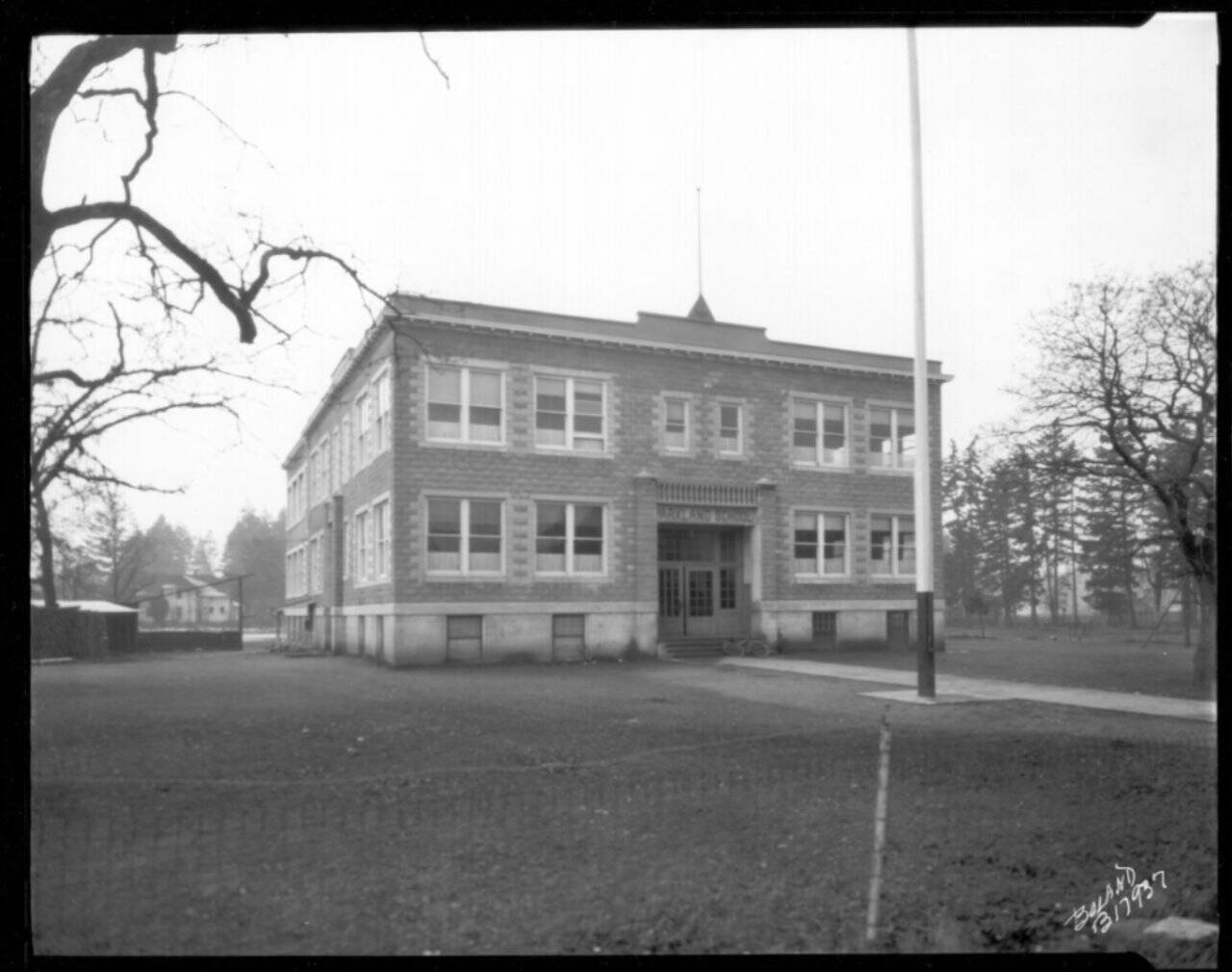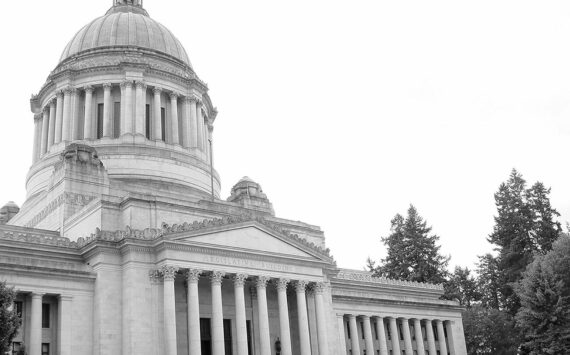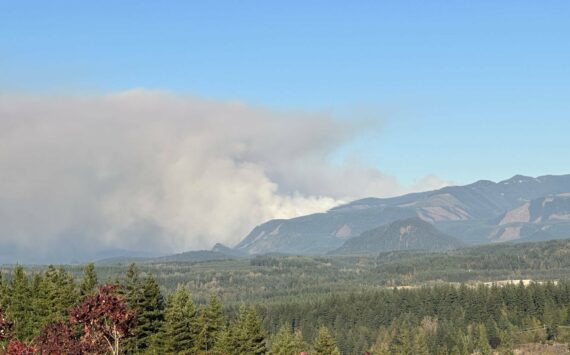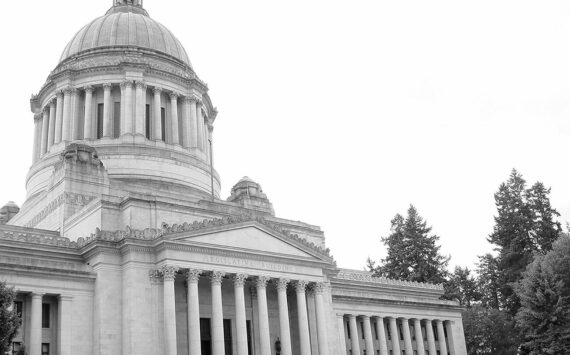Few actions define, and draw out the best aspects of a community than a group of individuals, with differing backgrounds, priorities and interest banding together in common cause to save something they value.
It is clearly not my area of expertise, but somehow I would have assumed that local institutions, agencies and government branches would be advocates, if not evangelists, regarding one-of-kind historical and cultural sites — and of course, the continuing use (and re-use) of solid buildings (whose architecture, design and quality of construction we are likely to never see again) that demonstrate, in a visible and tangible way, the faith and purpose previous generations put into form for untold generations to follow.
But somehow, too many of those buildings find themselves neglected and left to the elements and ravages of time until a team of previously disconnected citizens, alarmed by what they are on the verge of losing, unites around a core of values many of them did not know they had.
They may have competing interests, values, strategies and resources, but in a movement that, sometimes literally, defines a community, there is nothing more remarkable, and defining, than a community coming together, for the good of the community, almost always on a volunteer basis to save an irreplaceable community asset.
Such is the case right now in two separate areas of Pierce County, one downtown and one in Parkland.
The two buildings, the Parkland Elementary School and the Merlino Art Center, may be worthy and recognizable for their history, legacy and design, but for both of them, what really matters is what goes on inside them.
For both of them, in very distinct, yet oddly similar ways, community happens. And where community happens, energy and vision are unleashed and growth, in every way, is what naturally follows.
Saving Parkland School
PLU, as many of us who have connections or history in the area, well know, is “in, but not of,” Parkland. PLU is there, but not always, or even often, actively present or visible in the workings or daily movements of most residents of the area.
It is, of course, one of the largest single employers in the area – but nothing like the military or public schools.
And like the military, PLU is, for many, their primary, if not exclusive, reason for encountering Parkland.
Parkland has more than its share of retired military (and their families) who, for a variety of reasons, stay in the area.
PLU graduates have little reason to stay in the community.
Many small college towns have clusters of attractions for young adults and young families. College students and their friends create centers of creativity and entrepreneurship — beyond the borders of their academic experience.
A friend of mine, many years ago, told me that most college towns, from Bellingham to Eugene, Oregon, and beyond, have educated people that hang around after graduation. He went on to say that it was not often the case in Parkland.
Those educated, energetic, and often visionary, young people are an asset to any community, and by employment, good schools or an inviting natural environment, any local community with foresight, would do their best to keep those young people in the area.
If there is anything Parkland needs (and has needed for a long time), it is a central locus, a shared space available to all for a multitude of uses.
The vast majority of locals pass through Parkland-Spanaway area on Pacific Avenue, speeding through without noticing (or caring about) the history and unique setting.
Parkland, as most of us know, does not have much in the way of notable or historic architecture. The Parkland School has been described, with a typical mix of Parkland-area pride/skepticism/irony/hyperbole, as the Eiffel Tower of Parkland — and it is probably, in its own way, true.
For almost 120 years, that building has stood as a silent testimony of the faith Parkland held in the power of continuity and education.
Unlike the look-alike apartments that were on the verge of taking its place, the Parkland School is not only a monument to trust in the future, it was built to last. It may not bear comparison to the literal Eiffel Tower, but it is a tribute to a vision that has been prominent for generation after generation.
Saving Parkland School is the ultimate community project. If you’d like to join over 200 financial supporters in the movement to save the building, you can start here: sites.google.com/view/savethehistoricparklandschool/how-to-donate.
Meanwhile, on the other side of town…
An equally historic building in Tacoma, while not facing demolition, and already in use as Pierce County’s only nonprofit center for everything to do with film and film education, The Grand Cinema, is raising $5 million to buy their current building at Sixth and Fawcett.
For decades, that building has been a center and focal point for dancers, bakers, artists, independent theater and many more.
To donate to the Grand Cinema project, look here: www.grandcinema.com/donate.
If you care about our communities and our shared heritage, both of these projects are worthy of our support.






